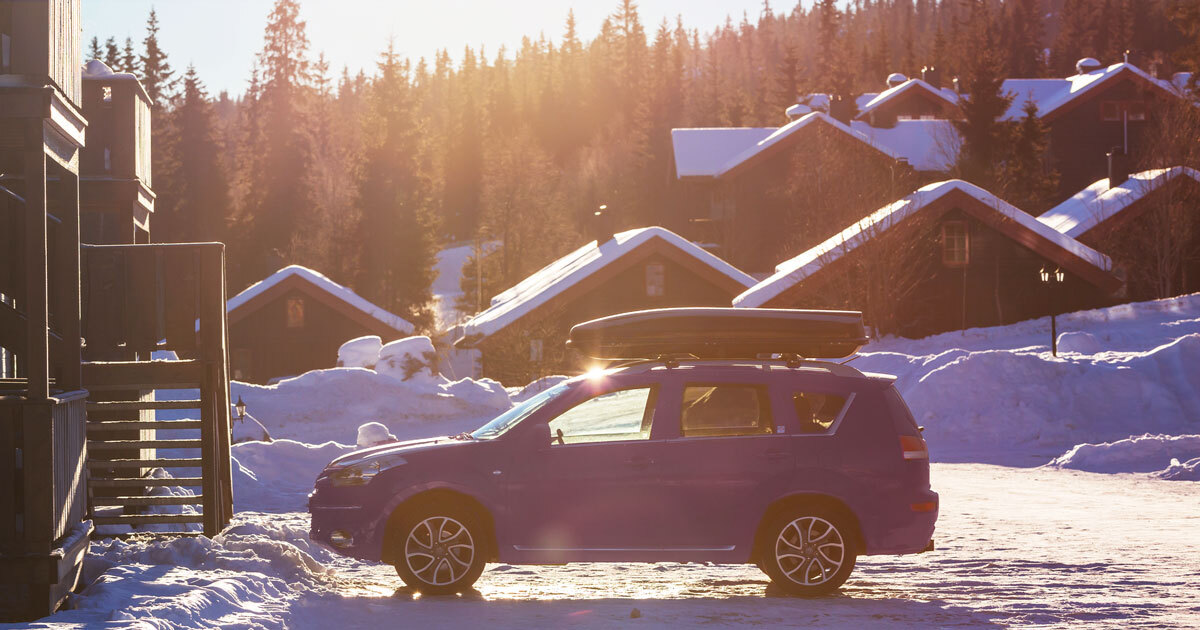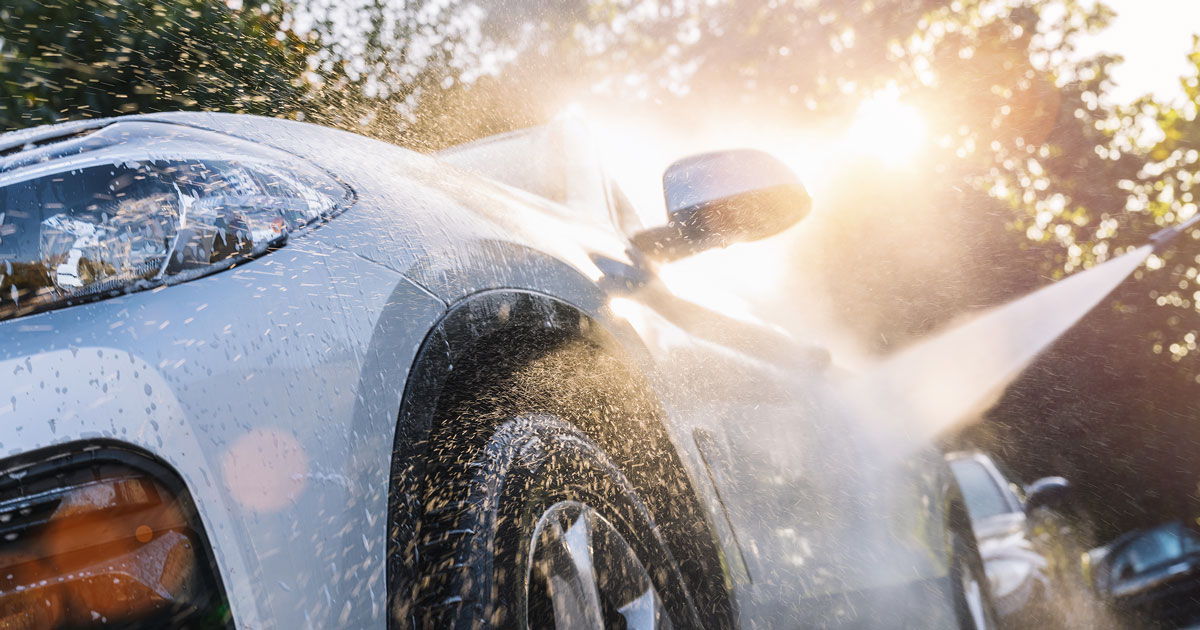
Car-Wellness Tips
If you love your car, you take good care of it. And that includes good care and a little wellness program now and then. This not only makes the car look better, it also makes it last longer – and that pays off when it comes to resale, for example.
It’s not just us who can treat ourselves to a bit of wellness every now and then, our car is also happy about a care program or two.
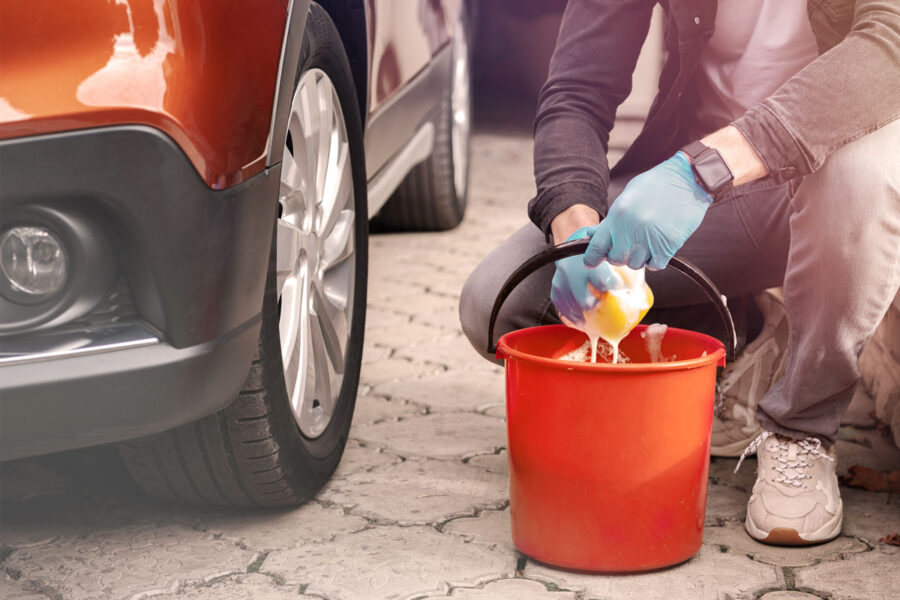
Hand wash
The first thing to do is to clean the car thoroughly. This means either going through the car wash once or removing the coarse dirt yourself with a high-pressure cleaner.
Note: always leave at least 30 centimeters of space between the car and the high-pressure cleaner. After the first wash, manual work is then the order of the day. You will need a soft sponge, car cleaning agent and lukewarm water.
That’s why it’s also important to choose a cleaning agent that is suitable for cars, because others could attack the car paint. Soak stubborn dirt with lukewarm water and then carefully remove it with the sponge.
Tip:
Use two buckets. One with cleaning agent, one with clear water for rinsing. It is important that the cleaning agent does not dry up.
Use light buckets. In it you can easily see how dirty the water already is and when it needs to be replaced.
Clean rims
The next step is to clean the rims. Here, too, the coarse dirt must first be removed. Then the rim cleaner can be applied. Depending on the rim cleaner, this can and must then take effect. When cleaning the rims, it is important to remove not only dirt and grime, but also the brake dust. This arises when braking through the wear of the brake pad and the brake discs.
If the rim cleaner has been allowed to work for a while, it can be wiped off with a sponge and brush. It is best to wipe in circular motions in one direction. It is important to wear gloves, as rim cleaner can attack the skin. After cleaning, rinse the rims with clean water and dry with a microfiber cloth.
Tip:
Really stubborn dirt can be removed with a hard toothbrush.
If all the cleaning does not help, cleaning clay can be the solution. It reliably removes dead insects, rust film, tree sap or tar stains without damaging the paint.
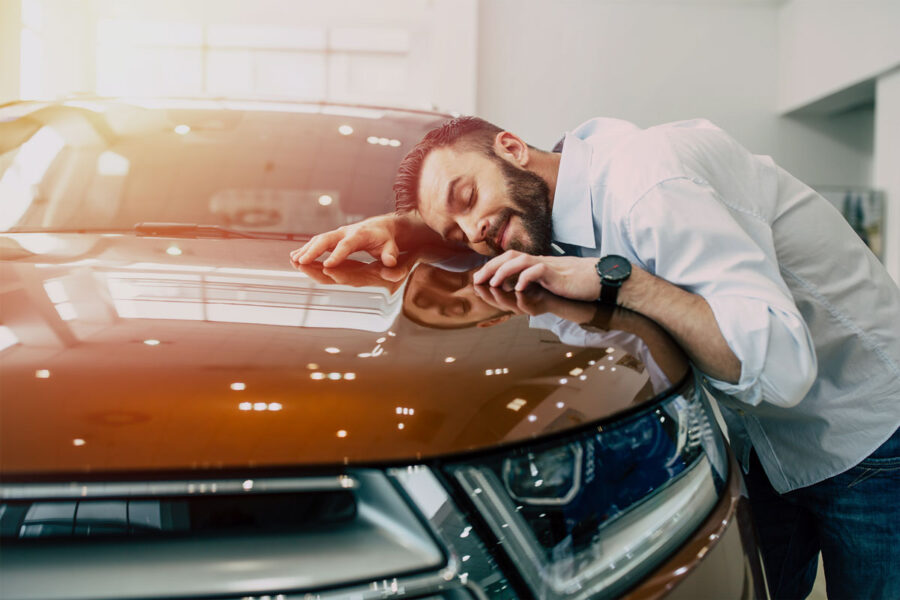
Polish
Once the car is clean, it is time for polishing. In fact, polishing is in itself a sanding process and thus removes a very small part of the upper clear coat of the paint. That is why the paint shines so beautifully afterwards.
Important: polish only after washing, otherwise you rub scratches into the paint.
It is also best to polish in a place that is protected from the wind and sun, as this prevents new dirt from flying onto the car and the polish from being absorbed so quickly.
If you have no experience, it is better to start with a weaker polish to avoid damaging the car. It is also important that the polish is chosen to match the paint.
It is applied with a pad, sponge or absorbent cotton and then “massaged in” in circular movements with light pressure. Afterwards, it must be repolished with a microfiber cloth.
Removing scratches
Especially in places that are often touched and used, such as door handles, fuel filler caps or trunk sills, there can always be small scratches. If these are only superficial, you can remove them yourself. Scratches are too deep, for example, if a closer look reveals a color other than that of the paint. You can also feel the depth.
The scratches can then be removed with special car polish, because this contains small particles that embed themselves in the scratch. Here, too, it is important to work in circular motions.
Tip:
For small scratches, toothpaste can probably also help to repair them. Simply put the toothpaste on a damp cloth and rub it in gently. The small particles in the paste should act like a light abrasive cream and fill the scratch with color particles of the car paint.
Waxing
Ideally, you should wax a car twice a year. The wax layer protects against dirt and damage caused by road salt, sunlight, bird droppings and much more. Of course, car washes also offer to seal the car with hot wax, but hard wax applied by hand lasts much better. The process is similar to polishing: apply wax to a sponge or pad, rub it into the car’s paint, then wait and remove the residue with a microfiber cloth.
Reconditioning door rubbers
To prevent the rubbers from becoming brittle and continue to keep out moisture and wind, they should be regularly maintained. This is best done with greasing agents such as Vaseline or special door sealants. It is important that the cleaning agents are not water-based, because these can freeze in winter and thus damage the rubber.
Again, first clean the rubber, then dry it, and only last apply a thin layer of door sealant.
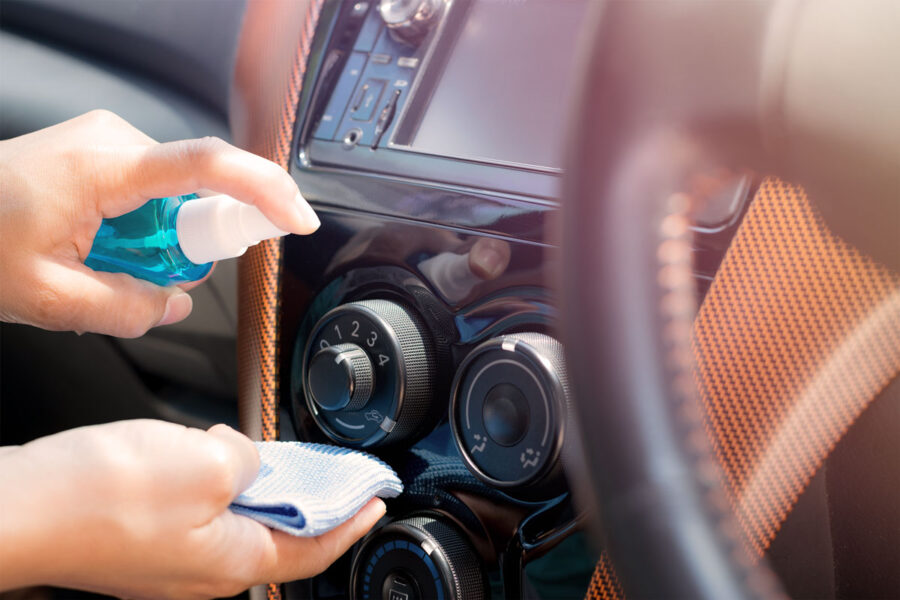
Cleaning the interior
Of course, when cleaning the interior, the first thing on the agenda is a thorough vacuuming. After vacuuming, a thorough cleaning is then on the agenda. Attention should be paid to the different substances in the car and not one cleaning agent should be used for all of them. There are now special cleaning agents for the cockpit, upholstery, leather and plastic.
Tip:
There are vacuum cleaners that can be operated directly via the 12V connection (colloquially the cigarette lighter). This means you are no longer dependent on the vacuum cleaners at the gas station, and you don’t have to fiddle with long cables.
The air vents and all the grooves on the dashboard are great for removing dust with a brush.
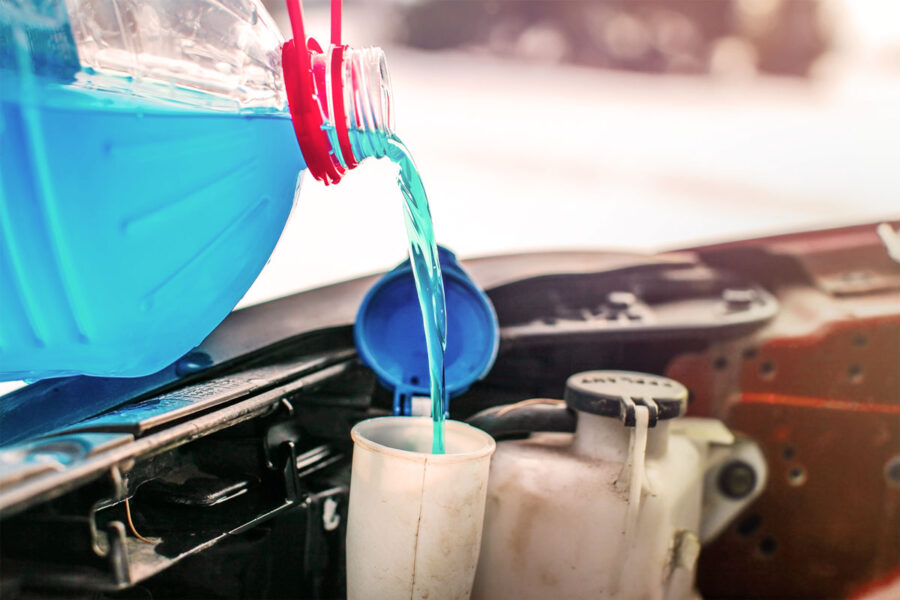
Refill windshield wiper water
Last but not least, the car will be glad to have new wiper water. It’s best to change it once in spring and once in fall. If possible, make sure that winter and summer wiper water do not mix. Why? Because otherwise the proportion of antifreeze in the wiping water may not be sufficient for the winter.
Tip:
If new wiping water has been filled in, but still nothing comes out of the nozzles when spraying, they may be clogged. However, the nozzles can be opened again quite easily with a needle. The air vents and all the grooves on the dashboard are great for removing dust with a brush.

